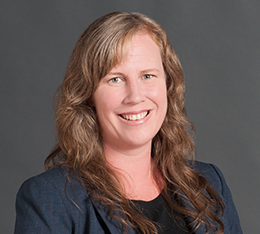Open enrollment in California has ended, and preliminary tallies indicate that more than 3 million Californians will be enrolled in health plans through Covered California or will become new members of the Medi-Cal program. While it is still too soon to tell how many uninsured people have gained coverage, projections suggest about 4 million Californians will still lack health insurance. About 30 percent of these uninsured residents are estimated to be eligible for Medi-Cal and can enroll at any time during the year.
Uninsured residents who are not eligible for ACA coverage because they are undocumented immigrants—and those who did not purchase coverage through Covered California during the open enrollment period—will continue to rely on county programs and safety net providers, such as health clinics and emergency departments (EDs).
Access to these resources varies considerably across the state. Eligibility for indigent programs differs across counties, as there are no state standards for services provided or populations served. For example, most county indigent programs do not cover undocumented immigrants; these residents rely on clinics and EDs, particularly in counties that do not operate public hospital systems. Also, many counties set relatively low income thresholds for their indigent programs, limiting the number of uninsured residents who qualify for services.
Because the Medi-Cal expansion will cover many of the people currently served by county indigent care programs, the state is shifting funds previously allocated to county health programs. This fiscal year, state funding for county health programs was reduced by $300 million (under AB 85); there will be deeper cuts in subsequent years, as more Californians gain insurance coverage. The state will determine future funding reductions in consultation with the counties. In most cases, counties have selected a formula-based approach that accounts for the actual costs and revenues associated with indigent care programs to determine how much funding will be shifted back to the state.
Over the next several years, it will be important to monitor how these and other changes affect both safety net providers—including counties and public hospital systems—and the communities that continue to rely on them for health care.


